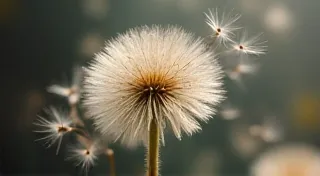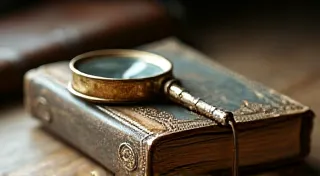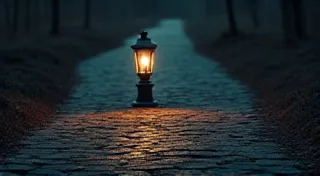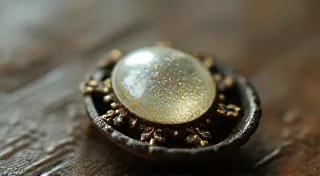Botanical Whispers: Integrating Flora and Hair in Victorian Design
There's a certain melancholy beauty inherent in Victorian hair art. It’s more than just a craft; it’s a tangible expression of grief, remembrance, and a deep connection to the natural world. While intricate woven and braided designs utilizing human hair were common, another exquisite form blossomed—the marriage of hair with botanical elements. Pressed flowers, delicate leaves, and creeping vines weren't merely decorative additions; they were integral to the symbolic language of mourning, representing enduring life, hope, and a fragile, beautiful connection to the departed.
My fascination with Victorian hair art began with an old accordion, tucked away in my grandmother’s attic. Not the musical instrument, but a decorative fold-out case, intricately crafted from black crepe and adorned with a single, remarkably preserved hair wreath. It wasn’t ostentatious; it whispered a story of loss, painstakingly preserved across generations. Holding that piece, I felt a profound sense of connection to the anonymous artisan who created it and the loved one they memorialized.
The Language of Flowers and Mourning
To truly appreciate the integration of botanical elements in Victorian hair art, one must understand the cultural context of the era. The Victorian period (1837-1901) saw a heightened awareness of death and mourning. Grief rituals were elaborate and codified. Photography was still relatively new, making visual reminders of the deceased particularly valuable. Floriography, the language of flowers, flourished, assigning symbolic meanings to each bloom and leaf. This provided a poignant vocabulary for expressing emotions that were otherwise repressed by strict social etiquette.
Roses, for example, could signify enduring love and remembrance. Forget-me-nots conveyed lasting memory. Ivy, eternally green, represented fidelity and attachment. Laurel, the symbol of victory and honor, could be used to acknowledge a life well-lived. The deliberate choice of these botanicals wasn't arbitrary; it was a carefully orchestrated visual poem, meant to convey a complex tapestry of emotions.
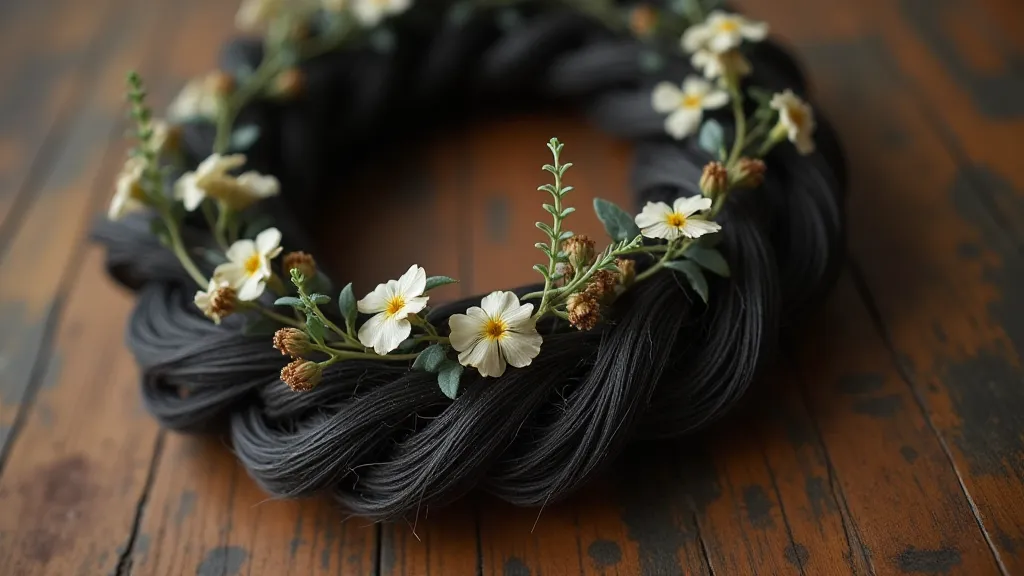
Techniques and Materials: A Delicate Balance
The techniques employed in creating these botanical hair art pieces were as nuanced as the symbolism they conveyed. The hair itself was typically sourced from the deceased, or sometimes from close family members, and meticulously prepared. It was often darkened with walnut shells or other natural substances to create a somber aesthetic. The hair was then carefully woven, braided, or coiled, often formed into floral shapes or used to create structural elements within the piece.
Pressing flowers was an art form in itself. Unlike modern pressing methods, Victorians relied on careful hand pressing, often utilizing heavy books and absorbent paper to extract moisture and preserve the flowers’ natural colors. The delicate petals and leaves were then glued onto a base of black fabric, often crepe or velvet, creating a striking contrast. The adhesion was frequently achieved using gum arabic, a natural adhesive derived from acacia trees.
The integration wasn't always straightforward. The pressed flowers were fragile and susceptible to damage, requiring careful handling and preservation. The natural oils in the hair could sometimes interact with the botanical elements, necessitating the use of protective coatings or varnishes. The true skill of the Victorian artisan lay in their ability to balance these challenges, creating pieces that were both aesthetically pleasing and durable.
Beyond the Wreath: Diverse Forms of Botanical Hair Art
While hair wreaths were arguably the most recognizable form of botanical hair art, the creativity of Victorian artisans extended far beyond this single design. Hair brooches, pendants, and lockets frequently incorporated pressed flowers and leaves, creating miniature works of art. Book marks, calling cards, and even elaborate framed portraits incorporated hair and botanical elements to create personalized memorials.
One particularly intriguing form involved "hair pictures," where portraits or landscapes were created entirely from meticulously arranged hair, accented with pressed flowers to add depth and visual interest. These were often incredibly detailed, requiring immense patience and a keen eye for color and texture. The skill in creating these pieces was astounding, the hair becoming a medium, a brushstroke in a poignant artistic statement.
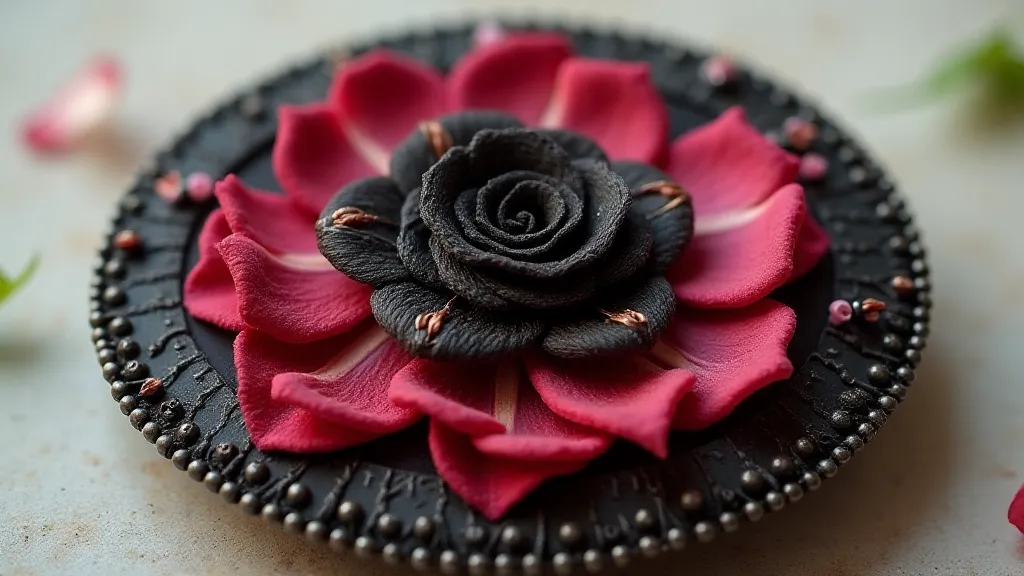
Restoration and Preservation: Echoes of the Past
Today, antique Victorian hair art pieces are highly sought after by collectors, not just for their aesthetic beauty but also for their historical significance. However, many of these pieces are fragile and require careful restoration and preservation. The adhesive used to secure the botanical elements can become brittle and yellowed with age, and the hair itself can become damaged and discolored.
Professional restoration often involves carefully cleaning the piece, re-adhering the botanical elements, and stabilizing the hair. However, it’s crucial to approach restoration with caution, as improper techniques can cause irreversible damage. For enthusiasts who wish to care for their pieces at home, gentle cleaning with a soft brush and storage in a cool, dry place are essential. Exposure to direct sunlight and humidity should be avoided at all costs.
The value of these pieces isn’s purely monetary. It’s the value of holding a piece of history, a tangible link to the past, a whispered echo of grief, love, and remembrance. The care we take in preserving them is a way of honoring the artisans who created them and the loved ones they memorialized. It is a commitment to keeping these botanical whispers alive.

A Legacy of Remembrance
The world of Victorian hair art offers a fascinating glimpse into a culture deeply intertwined with grief, remembrance, and the enduring power of nature. The integration of botanical elements wasn’t merely decorative; it was a crucial element in the symbolic language of mourning. These pieces are not merely crafts; they are tangible expressions of love, loss, and a profound connection to the natural world. As we admire these delicate creations, we are reminded of the enduring power of human creativity and the timeless beauty of remembrance.

